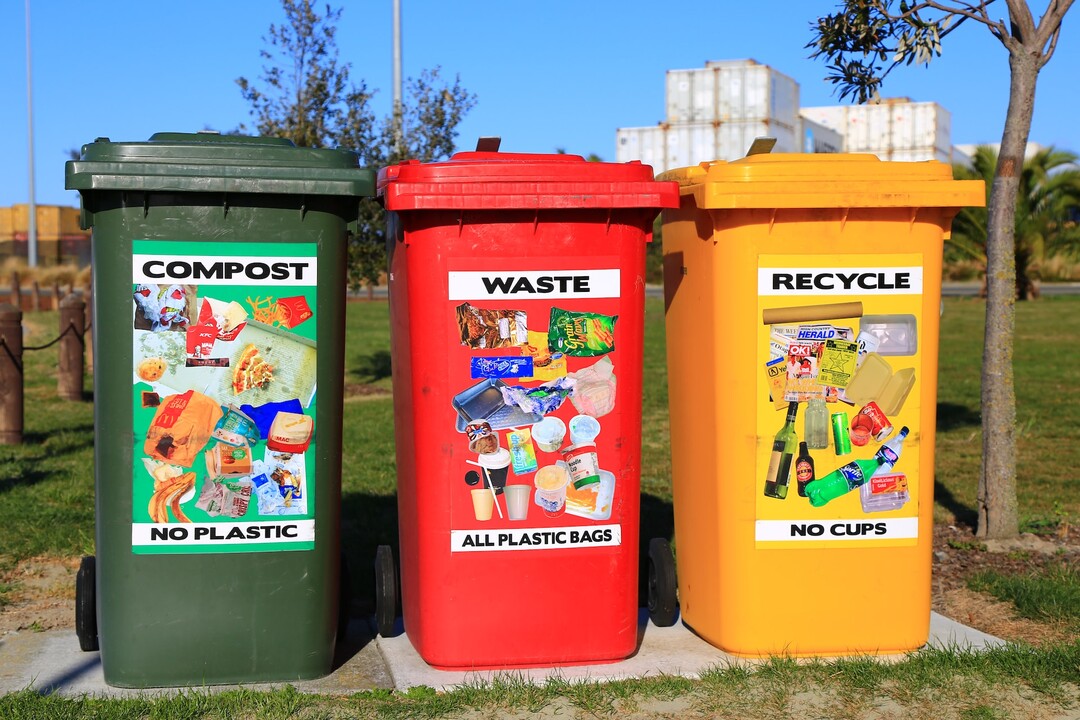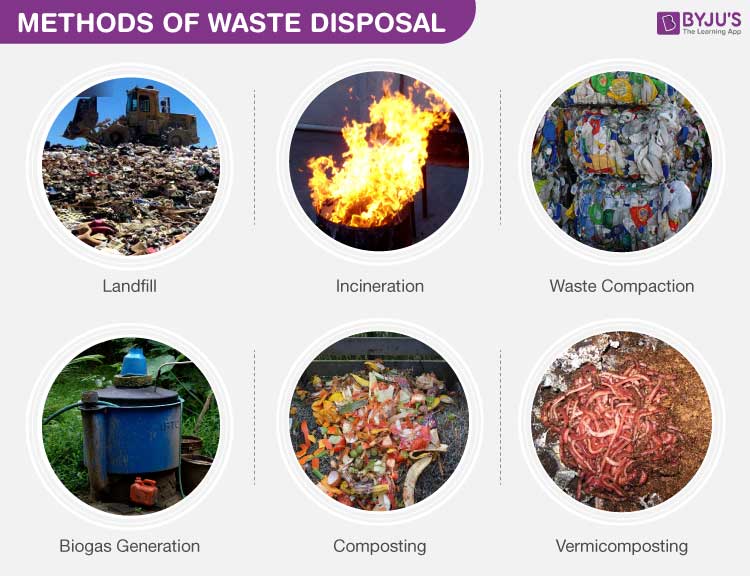From Garbage Dumps to Recycling Centers: A Comprehensive Guide to Liable Waste Monitoring Practices for a Greener Future
In a globe where the monitoring of waste has actually become significantly critical for the sustainability of our world, the change from reliance on garbage dumps to the promotion of recycling facilities has actually amassed considerable interest. The environmental repercussions of garbage dumps are well-documented, triggering a shift in the direction of more accountable waste monitoring techniques.
Ecological Impact of Landfills
The environmental influence of land fills is an important problem that demands extensive analysis and positive options to minimize adverse effects on ecosystems and public wellness. Land fills pose considerable difficulties because of the generation of greenhouse gases, leachate manufacturing, and the possibility for groundwater contamination. Benzoil Waste Recovery. Among the main ecological impacts of land fills is the emission of methane, a powerful greenhouse gas that adds to climate adjustment. As natural waste breaks down in anaerobic conditions within garbage dumps, methane is launched into the atmosphere, capturing warm and worsening global warming. Additionally, leachate, a hazardous fluid created as rain percolates with waste products, can infect dirt and water resources, posing risks to both environmental and public wellness.
To deal with these ecological worries, proactive waste monitoring approaches such as enhanced recycling, composting, and waste-to-energy innovations are being applied to lower the amount of waste sent out to land fills. By drawing away organic waste and recyclables from landfills, the generation of methane and leachate can be reduced, inevitably reducing the ecological effect of these disposal websites.

Advantages of Recycling Centers
Recycling centers play a crucial duty in promoting lasting waste administration methods and cultivating a round economy. These centers function as critical hubs for successfully sorting, processing, and redistributing recyclable products back right into the production cycle. One of the main advantages of reusing centers is the preservation of natural sources. By recycling products such as paper, plastics, glass, and steels, reusing centers assist reduce the removal and usage of raw materials, ultimately reducing the ecological impact of resource exploitation.
In addition, reusing facilities dramatically add to energy conservation and greenhouse gas discharges reduction (Benzoil). The procedure of reusing takes in less power contrasted to producing items from basic materials, leading to a reduction in carbon emissions and an extra energy-efficient production cycle. Additionally, reusing facilities aid develop task opportunities in the recycling sector, offering and sustaining regional economic climates employment possibility in waste administration and recycling industries
Additionally, reusing centers play an important duty in minimizing the quantity of waste sent out to land fills, therefore prolonging the life-span of existing land fill sites and lessening the connected ecological and carcinogen. By diverting recyclable products from garbage dumps, recycling facilities assist alleviate pollution, prevent soil and water contamination, and secure communities. Inevitably, the existence of recycling centers fosters a culture of environmental stewardship and responsible usage, leading the way for a much more lasting and greener future.
Kinds Of Waste Monitoring Methods
Exploring various approaches for reliable waste management is important in advertising sustainability and decreasing environmental impact. Waste management methods encompass a variety of methods to take care of various kinds of waste, each designed to reduce environmental harm and optimize resource healing.
One typical technique is garbage dump disposal, where waste is buried in designated areas. Recycling is a popular approach that entails transforming waste products into new items to prevent waste of potentially helpful products.
Composting is an organic method that breaks down organic waste right into nutrient-rich soil. Each approach has its obstacles and advantages, highlighting the relevance of choosing the most suitable technique based on the type of waste and environmental considerations - Benzoil Waste Disposal.
Just How to Minimize Household Waste
Applying sustainable techniques in daily regimens can significantly lower house waste manufacturing. One efficient method to lower household waste is by exercising the 3 R's: Decrease, Reuse, and Recycle. To minimize waste, individuals can begin by being conscious of their purchases, choosing for products with very little product packaging or wholesale to decrease waste generation. Reusing things like clothing, bags, and containers can additionally aid decrease the amount of waste that ends up in garbage dumps. Additionally, reusing products such as paper, glass, plastic, and steel can divert waste from the garbage can and offer them a brand-new life.
Composting natural waste like food scraps and backyard trimmings is an additional green method to lower house waste. By composting, natural products are transformed right into nutrient-rich soil that can be utilized for gardening or landscaping, reducing the demand for chemical fertilizers. Repairing items rather of discarding them and buying used products can additionally contribute to waste reduction. By including these practices right into daily life, people can make a favorable effect on the environment and work in the direction of a greener future.
Area Interaction in Waste Administration

Additionally, developing collaborations with neighborhood colleges, organizations, and area organizations can even more enhance waste administration campaigns and urge joint services to deal with waste-related challenges within the neighborhood. Inevitably, community involvement in waste administration is key to cultivating a culture of sustainability and promoting ecological stewardship for a greener future.

Verdict
In verdict, liable waste administration methods are vital for producing a greener future. Involving with the area in waste monitoring efforts can better magnify the positive impact on the atmosphere.
In a world where the administration of waste has actually ended up being increasingly critical for the sustainability of our planet, the transition from reliance on landfills to the promo of reusing facilities has garnered substantial focus. Recycling is a well-known technique that involves converting waste materials into brand-new products to avoid waste of possibly beneficial products.
To lower waste, people can begin by being conscious of their purchases, deciding for items with marginal product packaging or in mass to decrease waste generation.Composting natural waste like food scraps and backyard trimmings is another eco-friendly method to decrease home waste.To build upon the structure of liable waste administration methods at get more the home level, fostering area involvement in waste administration efforts ends up being crucial for producing a more eco-conscious and lasting society.